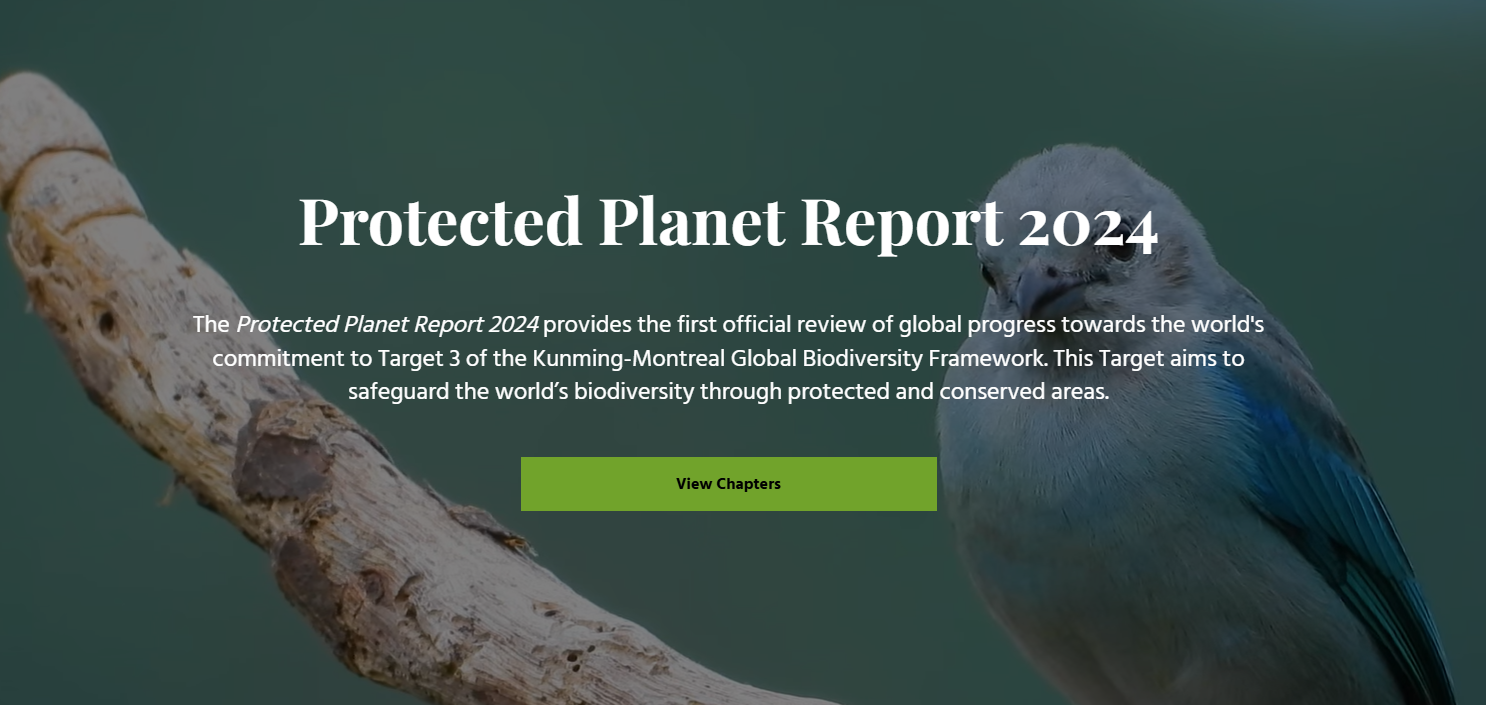
The international community has made some headway on pledges to protect 30% of the Earth by 2030 but progress must accelerate, the official progress report from the UN Environment Programme World Conservation Monitoring Centre (UNEP-WCMC) and the International Union for Conservation of Nature (IUCN) has found.
The Protected Planet Report 2024 reveals that 17.6% of land and inland waters and 8.4% of the ocean and coastal areas globally are within documented protected and conserved areas.
The increase in coverage since 2020, equivalent to more than twice the size of Colombia, is to be celebrated. But it is a rise of less than 0.5 percentage points in both realms. This leaves a land area roughly the size of Brazil and Australia combined, and at sea an area larger than the Indian Ocean, to be designated by 2030 in order to meet the global target. Over the next six years the global network will need to be urgently expanded by a further 12.4% on land and 21.6% in the ocean.
Governments committed to ensuring that these areas are effective, well-located, connected, equitably governed and uphold human rights. While progress has been made on all elements that can be meaningfully tracked, the new data suggests that the world is falling short on the quality as well as the coverage of protected and conserved areas.
Protected and conserved areas are vital places for both nature and people. They play a critical role in halting and reversing biodiversity loss. They also provide important cultural, spiritual and economic benefits, supplying ecosystem services that help to safeguard the planet for the future of humanity. In December 2022, Parties to the Convention on Biodiversity (CBD) agreed to conserve 30% of Earth’s land and seas by 2030. This commitment is referred to as Target 3 and is one of 4 goals and 23 targets to tackle the global nature crisis under the Kunming-Montreal Global Biodiversity Framework. With this target, CBD Parties committed to conserving nature through protected and conserved areas, including those that allow for the sustainable use of resources, recognising Indigenous and traditional territories.












